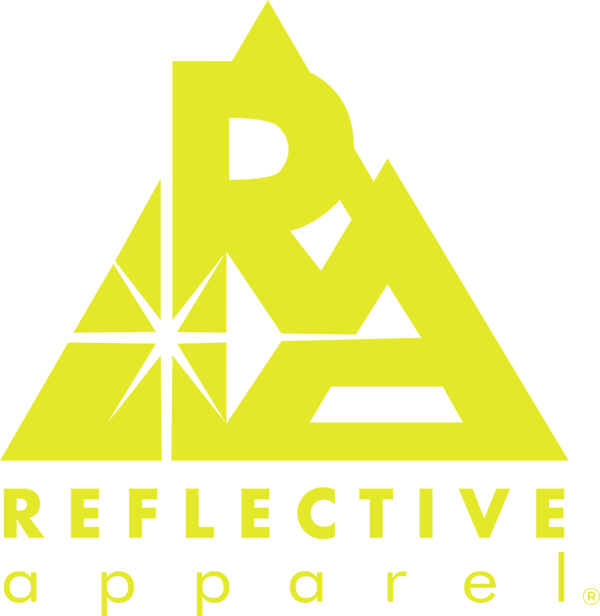Collapsible content
Are there other differences between the ANSI/ISEA 107-2015 and ANSI/ISEA 107-2020 standards?
The updated ANSI/ISEA 107-2020 standard includes changes such as:
● Removing the criteria for high-visibility accessories in favor of continuing to emphasize the configurations and design requirements that contribute to the Type-Performance Class designation.
● Adding accommodating scenarios since garments can become soiled easily because of the work environment. This edition includes specific criteria for a single-use disposable coverall, which complies with the requisite minimum material amounts and color requirements imposed on all compliant HVSA, and emphasizes that the associated material integrity requirements are only applicable to single-use disposable coveralls, for which unique marking is applied.
● Updates to the tests methods in an effort to align more closely with other material integrity tests and to recognize current versions used for evaluating the materials.
● Introducing the concept of measuring the overall nighttime luminance of a garment by including optional language that allows a manufacturer to test a garment according to ASTM E1501.
Should I personalize or logo my apparel?
Many companies favor the professional appearance and the brand identity of adding logos. Adding titles, training levels, safety award designations etc can improve morale. A decrease in theft/shrinkage has been associated with personalizing the apparel. A note of caution – the logo size must take into account the area of background material necessary for safety and compliance. Too large a logo on smaller items (i.e. a vest) may make the garment non-compliant to standards.
Who decides what ANSI class I need to buy?
Recommendations surrounding the speed of traffic, the complexity of the work environments and the worker’s ability to focus should all be taken into account. Each company must have a “competent person” (often the Safety Director or Manager) make this determination. A risk assessment should be performed to answer this question – or the company may select to default to Class III for all of their high visibility needs as a precaution.
Polyester is hotter than cotton, is there another option?
Everyone loves the feel of cotton tees, and many of us have experienced polyester of the past. Poor quality polyester is very heavy, with no wicking characteristics to pull moisture away from the body. The last few years have had an explosion of high quality performance fabrics for athletes. Companies such as Nike® and Under Armour® have revolutionized how we see polyester. These same improvements make polyester a great option for ANSI compliant tees and other work wear. For cotton garments, a sign of quality was a heavy feel (i.e. Beefy Tees®) – often 6.2 ounces. For polyester garments, the inverse is true, with leading manufacturers producing micromesh garments as light as 3.7 ounces.
Why is the lime-yellow color more prevalent in the US market?
Lime is by far the preferred color for ANSI wearers. This is due to multiple factors.
● Easier to see- April 2000 issue of Utility Safety reports lime color provides better visibility in a cluttered work zone. Lime is seen more clearly and more brightly than the orange. Red/green colorblind individuals see orange as black in sodium light (roadway conditions).
● Orange is in uses for barricades and other inanimate objects. At low visibility, is preferred to differentiate the worker from his backdrop.
● Penal system has selected orange – road crews do not want to be confused with a prison work crew.
What colors of ANSI garments can I select?
ANSI has approved 3 specific florescent colors for use – lime-yellow, orange and red. In the United States, the lime-yellow and orange are available. The red is primarily a European offering.
Can I buy cotton ANSI and still be compliant?
No. The standards for ANSI 107-2020 require a compliant background material of florescent lime or orange. The requirements to dye to the florescent color are rigorous. The natural fibers of cotton will not hold the dye initially, and quickly wash right out. Mills do manufacture a 50/50 (cotton to polyester ratio) that is often named “safety green” or “safety orange”. These garments will not meet the ANSI requirements, even with the addition of the appropriate retroreflective materials.
How should I wash my ANSI garments?
The life of the ANSI apparel can be extended by handling the garments with care. Do not dry clean. You can machine wash the garment on gentle in cold or warm water with traditional laundry detergent. Fabric softeners and bleach will prevent wicking and breathability, and harm the apparel. Turning the garment inside out will lengthen the life of the reflective striping. Best drying method is to line dry.
What types of Retroreflective materials are available?
The reflective materials in use generally fall into 2 categories – open cell / glass bead, or closed cell / prismatic products. On garments, the open cell/ glass bead product is the most common. An example would be the 3M™ Scotchlite™ Materials. Glass bead is actually very small pieces of glass captured in an adhesive layer.




